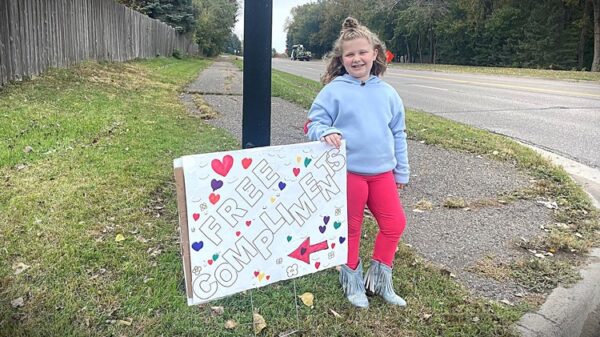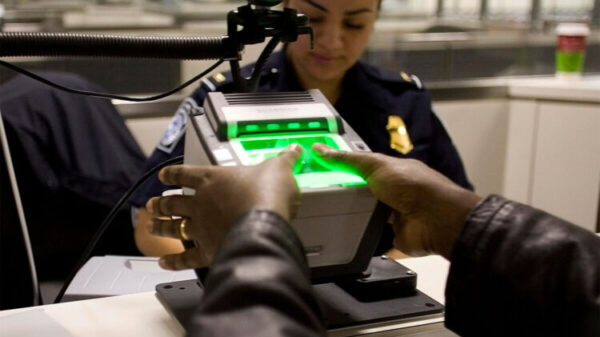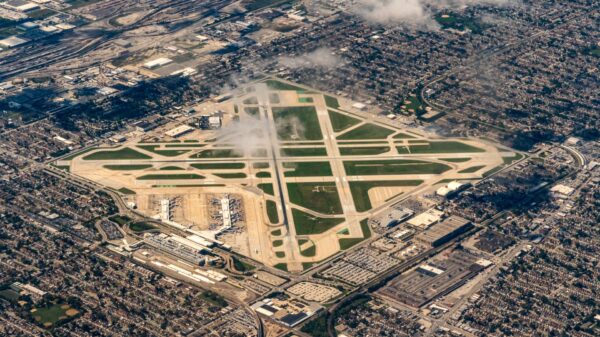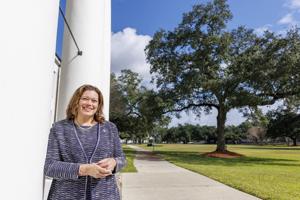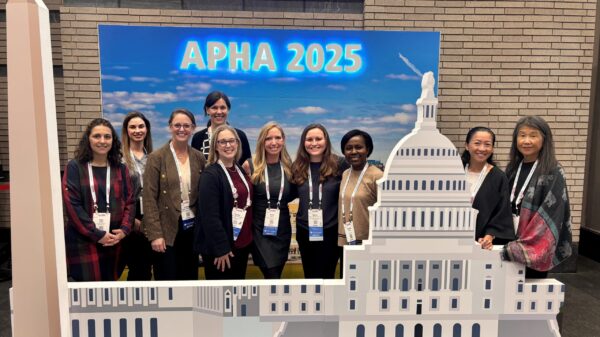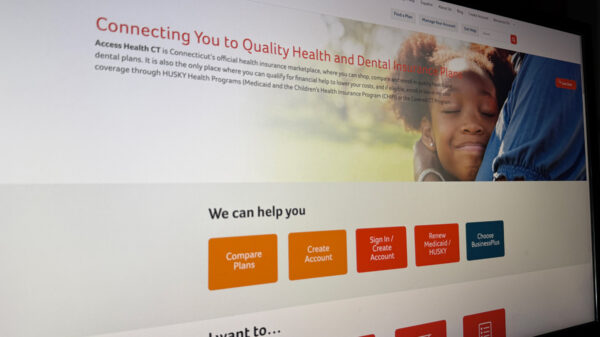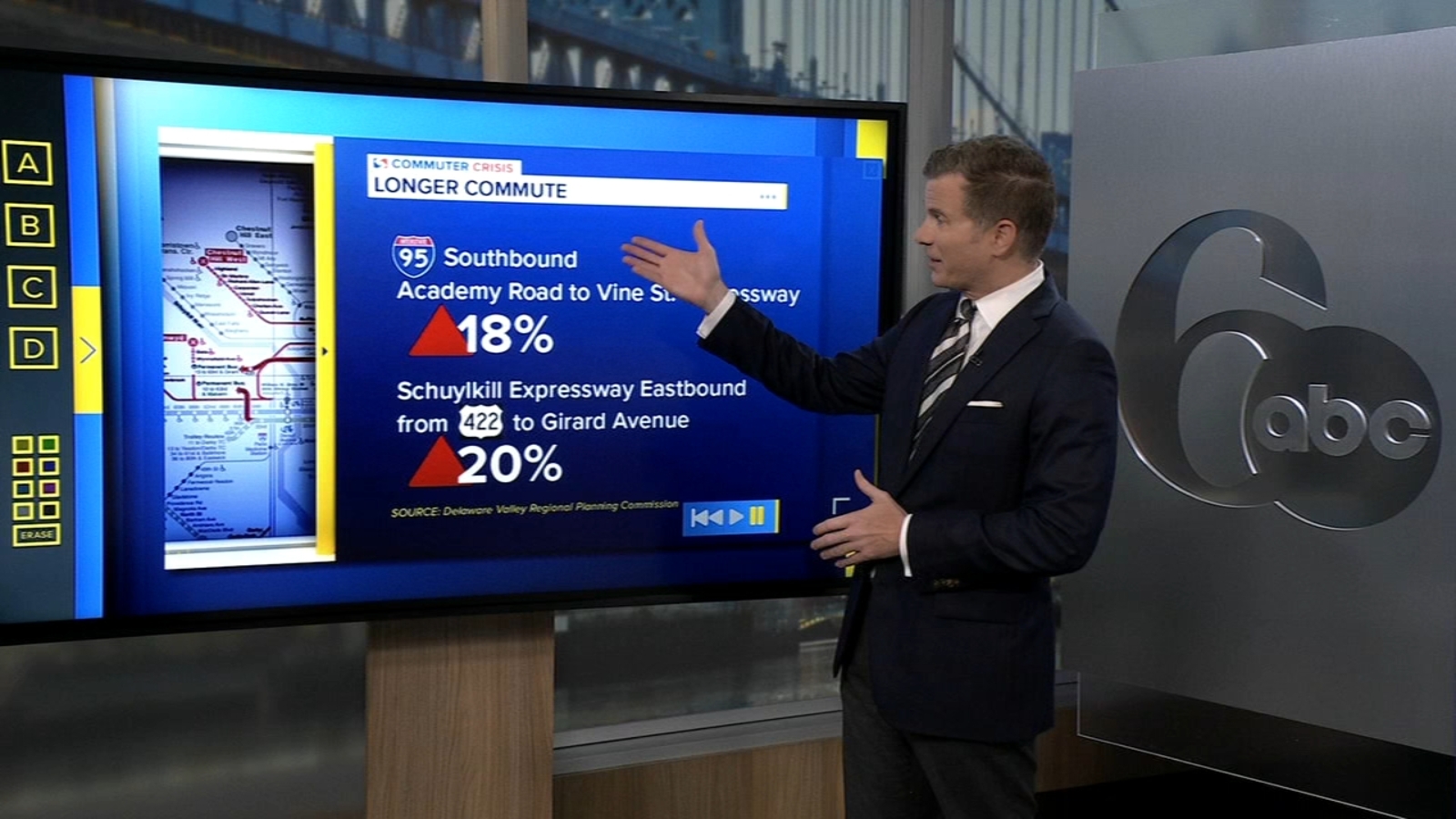Proposed service cuts by the Southeastern Pennsylvania Transportation Authority (SEPTA) could lead to a significant increase in daily traffic, adding approximately 275,000 vehicles to local roadways. This number is close to the total population of Pittsburgh, highlighting the potential severity of the situation for commuters and residents in the Philadelphia area.
Transit experts have analyzed the situation and are voicing concerns about the broader implications of these cuts. According to a report from Action News, traffic anchor Matt Pellman discussed the potential disruptions that may arise if SEPTA reduces its services. The changes could not only congest major thoroughfares but also complicate travel for those who rely on public transportation.
Local roadways are already under strain, and a sudden influx of vehicles could exacerbate existing traffic issues. Experts warn that commuters may face longer travel times, increased emissions, and overall decreased quality of life due to heightened congestion.
The proposed cuts come in response to ongoing budgetary constraints, as SEPTA seeks to balance its financial obligations with the need to maintain adequate transit services. The authority has faced challenges in funding and ridership, particularly in the aftermath of the COVID-19 pandemic, which has altered commuting patterns significantly.
As local leaders and community members debate the merits of the proposed service reductions, the potential impact on traffic and public transit accessibility remains a critical point of discussion. It is essential for stakeholders to consider the long-term effects of these cuts on both the environment and urban mobility.
The conversation around SEPTA’s service levels highlights a broader concern about public transit in many urban areas. As cities grapple with funding and ridership challenges, the decisions made now will shape the future of transportation for millions of residents.
In conclusion, the potential addition of 275,000 vehicles to Philadelphia’s roads underscores the need for careful consideration of public transit policies. As discussions continue, the urgency to find balanced solutions that support both financial sustainability and commuter needs remains paramount.






